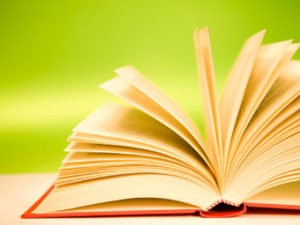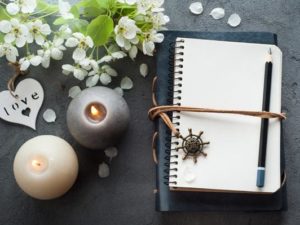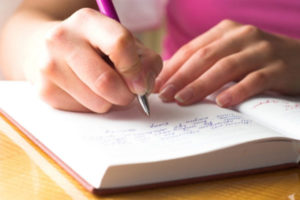
Poetry Prompts for Language Lovers
Poets have a unique relationship with language. For a poet, language is more than a tool for communication; it’s a set of paints and paintbrushes that can be used to create scenes and images that resonate with readers. A poet must then foster a loving relationship with language, learning its secrets, understanding its idiosyncrasies, and…Read More

Fiction Writing Exercise: The Internal and External Struggles of Your Characters
Today’s fiction writing exercise comes from my book, Story Drills: Fiction Writing Exercises, which offers lessons and exercises designed to boost your skills as a storyteller. Today’s exercise looks at characters’ struggles, which are essential to good storytelling. Enjoy! Characters’ Internal and External Struggles In order to develop a truly compelling character, it’s critical for…Read More

12 Character Writing Tips for Fiction Writers
Characters are the heart and soul of every story. Almost every great story is about people. Plot, setting, theme, and other elements of fiction are secondary to realistic characters that an audience can connect with on an intellectual or emotional level. There are exceptions, of course. Some readers enjoy plot-driven stories, but they never seem…Read More

What is Free-Verse Poetry?
Most of my favorite poems are written in free verse, which means they do not fall under the constraints of form poetry. Not that I have anything against form poetry — it’s a lovely tradition, and I like reading and writing it — but not as much as I enjoy reading and writing free-verse poetry….Read More

Grammar Rules: Lay or Lie
One of the most common grammatical mistakes that we see in both speech and writing is misuse of the words lay and lie. This error is so common, it even slips past professional writers, editors, and English teachers — all the time. Maybe eventually these two words will morph into one and have the exact same meaning,…Read More

Writing While Inspired
Today’s post is an excerpt from Ready, Set, Write: A Guide to Creative Writing. This excerpt is from a chapter titled “Writing While Inspired,” which explores the concept of cultivating creativity rather than waiting for inspiration to strike. Enjoy! Inspired Writing Sometimes, inspiration appears out of nowhere. You’re taking a walk, and you’re suddenly struck…Read More

Thoughts on Becoming a Writer
People often ask me how to become a writer. It seems like a simple enough question, until you start considering the semantics of the word writer. A writer can be someone who writes, someone who has written, or someone who writes professionally. Anyone who’s been to school has written something, so this is a very…Read More

How to Write a Book
Almost every writer on the planet wants to write a book. Some have finished a manuscript and others are already published, but many more dream, talk, and think about completing a full draft and seeing their name on a book cover. Some already have a book in the works while others have several half-finished drafts…Read More

Writing Resources: No Plot? No Problem!
This post contains affiliate links. There are a million ways to approach writing a novel. You can outline your plot. You can create a series of scenes and use note cards to organize them. You can use a tried and proven formula from any number of plotting resources. Or you can create a couple of…Read More

Character-Driven Fiction Writing Prompts
Most authors agree that fiction is primarily driven by characters. Authors will often talk about characters who take over the story, who have their own separate and independent consciousnesses. Outlines and plans for plot go out the window as characters insist on moving the story in a direction of their own design. Because characters are…Read More



